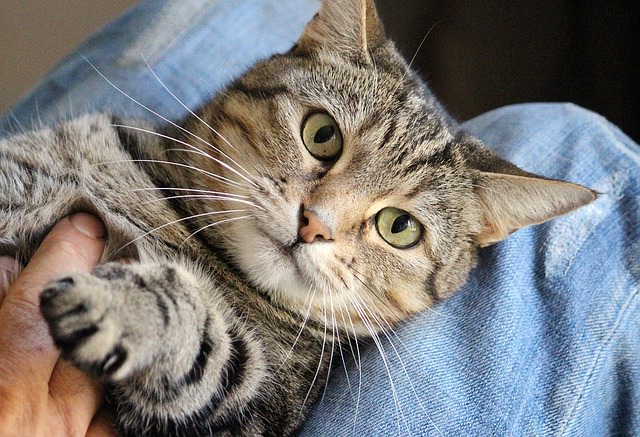Canine
parvovirus can affects dogs of all ages but the highest risks are in dogs that
are unvaccinated as well as puppies that are younger than 4 months old. The
viral infection is highly contagious and can be spread by direct contact
between dogs or exposure to contaminated objects, surfaces, and even people who
have handled any infected dog. The virus colonizes the gastrointestinal tract
of dogs. They are very hardy and can survive in the environment for
considerable lengths of time and are resistant to heat, cold, drying, or
humidity.
Affected
dogs suffer from appetite loss, abdominal pain, fever, vomiting, and diarrhea
that is profuse and often bloody. The combination of vomiting and diarrhea can
eventually cause severe dehydration, damage to the gastrointestinal tract, and
pets can die from septic shock.
Talk to
your local vet Glendale, AZ about the
best way to protect your pet from canine parvovirus and other important health
issues.





